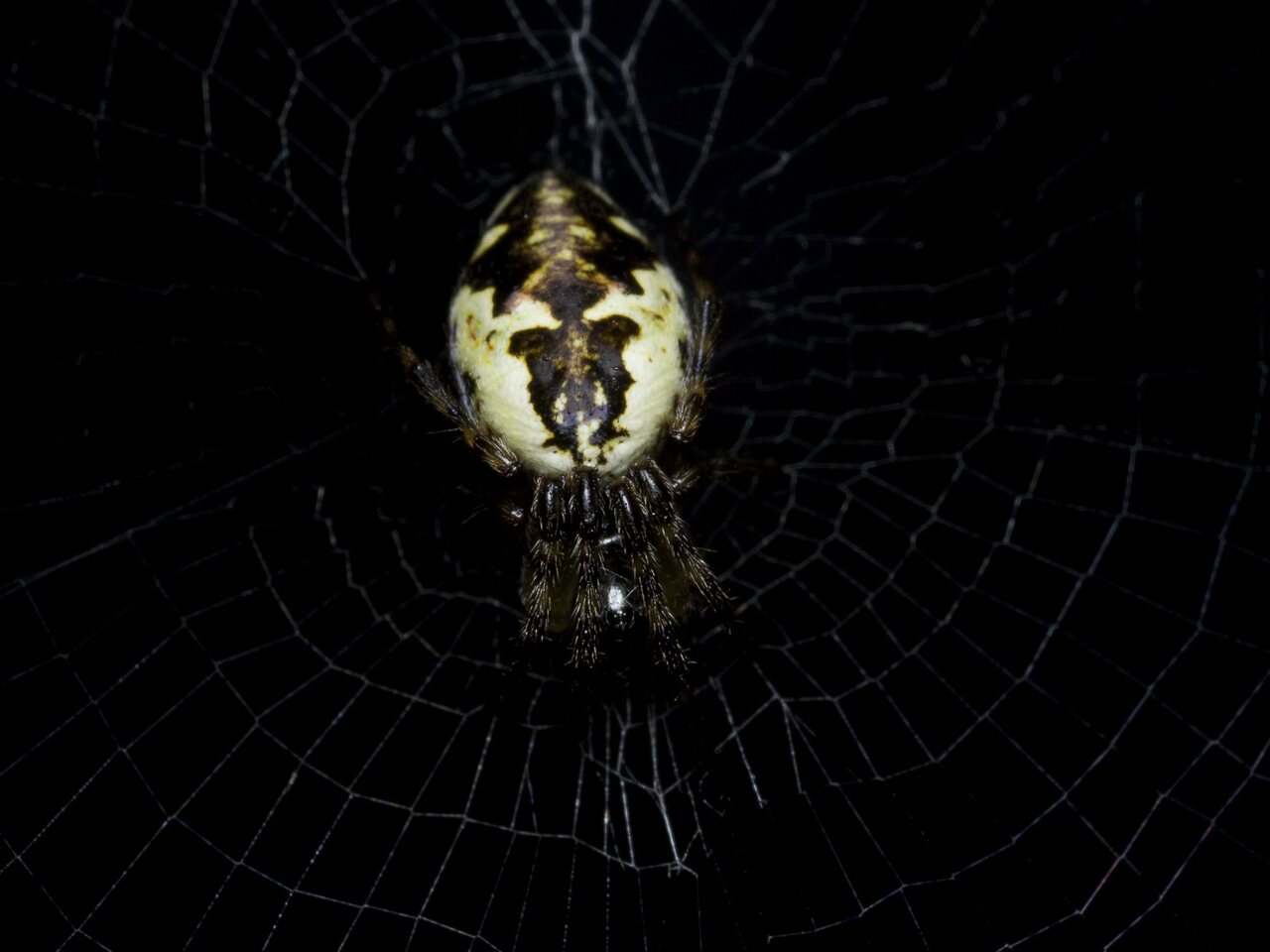
Cyclosa conica · viengubris kūgiavoris
- Conical Trashline Orbweaver
- Gewöhnliche Konusspinne
- viengūbris kūgiavoris
- kuprainais riteņzirneklis
- kołosz stożkowaty
https://en.wikipedia.org/wiki/Cyclosa_conica Cyclosa conica is found in the entire Holarctic. The species is apparently very adaptable in terms of climate and occurs in arctic to subtropical climates. It mainly inhabits young and quite dark coniferous forests, where the web is attached to the lower, dry branches. It can also be found on sunny forest paths.
Cyclosa conica is a small spider with no common name. It is easily recognized by the way it strings together the dead bodies of insects and other debris and hangs it near the center of its web. It hides on this string of debris, and its natural coloration makes it extremely difficult to see until it moves. One of its defenses against predators is to blend in with this debris and to feign death when disturbed. These spiders are small; the females range from 5.3 mm to 7.5 mm, and the males range from 3.6 mm to 4 mm.The webs of these spiders are characterized by a vertical stripe running down the center. This stripe, or stabilimentum, is composed of dead prey and other debris and is used as a hiding place for the spider. The material in the stabilimentum may also serve as a decoy to mislead predators into attacking the debris, giving the spider time to escape.
‥